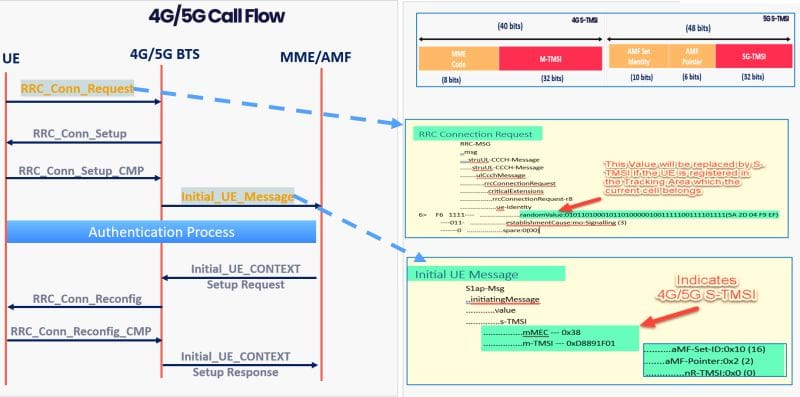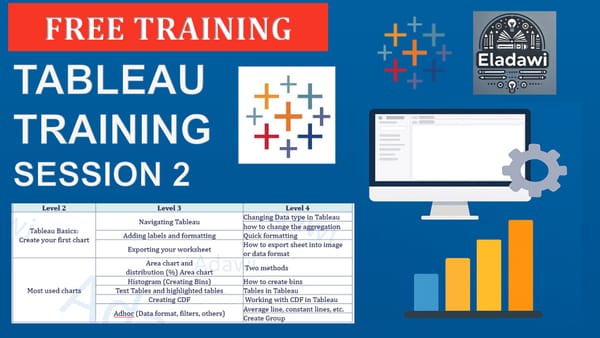Overview about 4G S-TMSI and 5G S-TMSI

What are 4G S-TMSI and 5G S-TMSI?
- 4G S-TMSI, and is part of GUTI, it is used to identify a UE within a specific MME Pool.
- 5G S-TMSI can be used to identify a UE within a specific AMF Region.

How can you trace and check them?
- In 4G: It is included in RRCSetupRequest, Paging, and Initial UE Message. Where 4G S-TMSI is a combination of MME Code + M-TMSI.
- In 5G: It is included in RRCSetupRequest, Paging, Registration request, and Initial UE Message. Where 5G S-TMSI is a combination of AMF Set Pointer, AMF Pointer + 5G-TMSI.

Also, in the realm of signaling analysis and optimization work, when might you need this data, and what are its use cases?
- In network troubleshooting, if a degradation is linked to a specific user, promptly gather TMSI information from live traces.
- Communicate this data to the Core team, enabling them to provide the corresponding IMSI for continued troubleshooting.
Refer to the below YouTube video for more details:
Source: 5G NR in Bullets




